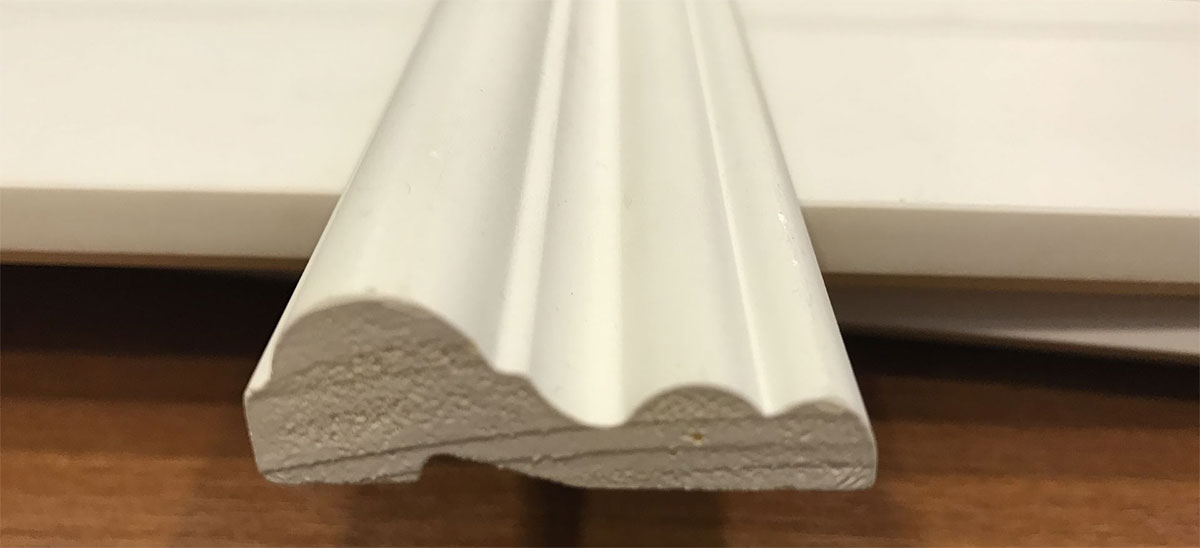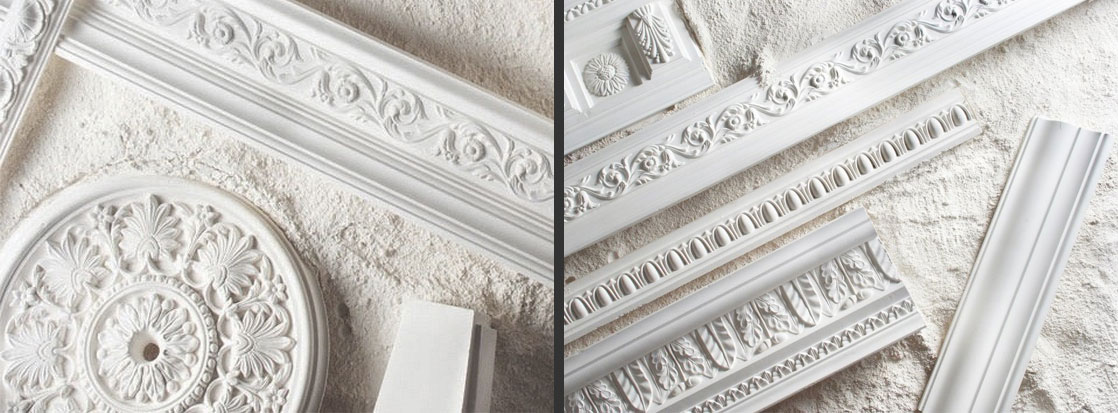TALEON BLOG
Stucco Decoration Today
It is worth briefly describing the current situation in the stucco decoration market before we dwell on the description of architectural styles and their history. In a nutshell, the state of the market as it is today has been influenced by two factors: the use polyurethane foam and naivety.

Easy and cheap imitations of stucco with the use of foamed plastic, polyurethane, appeared in the Russian market in the 1990s. This solution proved very convenient both for the client and the designers whose work was considerably simplified. However, unfortunately, it was no more than mere imitation which lacked exclusivity and was fit for a wide range of clients striving for their share of an aristocratic environment.
No doubt this solution enables the satisfaction of this kind of demand but widespread use of polyurethane and its popularity played a bad joke with high-end design, as most designers saw in those catalogues ‘the ultimate truth’. Such an industrial approach freed them from the necessity to pay attention to details. You only had to choose the design, include the pictures and item numbers from the catalogue into the project package and have no more worries. And hardly anyone ever ponders over the fact that, at best, they are involved in mere imitation. This phenomenon resulted in distortion and trivialising of the very essence of stucco decoration, and today we can trace this polyurethane trail in a vast number of projects.
Now a few words about naivety. We shall label this phenomenon with this word to avoid any offence to our competitors. Most likely they really believe they produce genuine architectural decorations. To put it shortly, this phenomenon was born out of the belief by some entrepreneurial people that they also can make these kinds of ‘pretty things’. All you need to do is to mix stucco in a bucket and pour it into a mould which is simple and easy. Ironically, some plaster workshops started imitating polyurethane decorations using stucco, which undoubtedly leads to the same kind of poor outcome. These stucco products differ from cheap imitations only in that they are created with clean, ecological material which is invariably and proudly announced in the first lines of advertising texts. Consequently, this phenomenon has grown to industrial scale. There are even whole factories specialising in stucco decorations and various marketing devices are used to promote them.

Some have been clever enough to get hold of decent examples of decorations which are employed to make something with an air of exclusivity. However, their cheap imitations only differ from mass produced polyurethane items in the choice of the material they use. Their catalogues may offer a wide range of products and their elegantly / eloquently written texts may eulogise the beauty of using an environment-friendly material, they are light years away from genuine stucco decorations. Unfortunately, up to 95% of offers these days are received by these ‘naive’ businesses.
There is another side to this coin. In 2017, a sculptor from New York specialising in stucco received the Award for Emerging Excellence in the Classical Tradition; and in 2015 in Britain, Palanquin Terry, an acknowledged figure of authority in the field of Palladian tradition, became Commander of the British Empire. There are academic institutes and centres specialising in the study of classical architecture, and individual experts popularising the genuine approach to stucco decoration. In the following articles, we shall describe how Taleon participates in maintaining its standards of quality and historical purity.